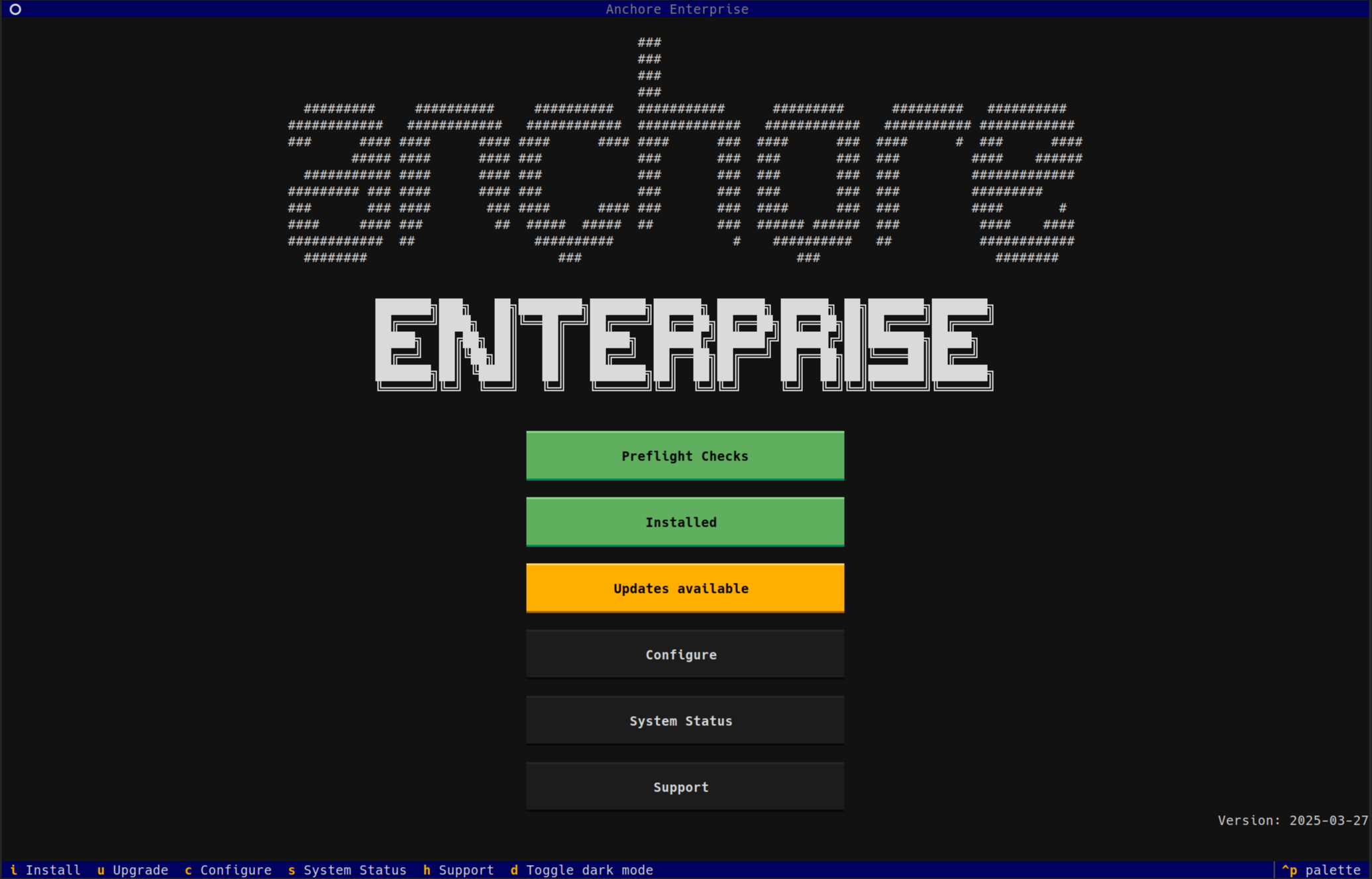Overall the world is moving towards the cloud. Companies all across the globe are recognizing the merit of overcoming infrastructure challenges by using cloud services. While moving to cloud infrastructure solves many complex problems faced by companies, it introduces new challenges. One of the main challenges is the security of business-critical information that companies are now storing inside cloud infrastructure.
Storing data inside cloud infrastructure is easy and convenient, but it comes with a whole new set of technical challenges for DevOps engineers. Cloud services provide a highly configurable environment that can be adapted to any application. However, it is a new environment, and engineers must learn how to configure the system properly. The infrastructure must be configured appropriately; user accounts must be tracked and have the appropriate permissions, applications must be secure, the infrastructure running those applications must also be secured.
Misconfigured cloud systems are a significant risk for data breaches where a company can lose important data. These data losses can cause incredible damage to a company, not only causing a loss in revenue and trust, but also a loss of reputation. These costly mistakes, more often than not, stem from a misconfigured system. Misconfigurations can include user accounts that have higher privileges than they should, web servers that are exposed to the public when they shouldn't be. Multi-factor authentication is not made a requirement when it should be.
Overall the cloud has a lot to offer, the upsides are highly performant and scalable infrastructure, along with toolsets that give DevOps Engineers control over their system from top to bottom. However, this improved way of deploying and controlling production software is accompanied by a new set of security challenges. These security challenges come from the requirement to learn a whole new cutting edge system. In order to secure business-critical systems, tooling must be developed so that DevOps engineers can use the toolsets to ensure only secure software is running in production handling business-critical information. The landscape for production software is changing so quickly, and there is such a minuscule margin of error that there must be a focus on not only automated deployment but automated security as well. The infrastructure must be audited to ensure security. Applications must be audited for security before deployment, during deployment, and while running.
It is the responsibility of DevOps Engineers to ensure that the software running business-critical systems is secure. With such an extensive and highly configurable system offered by cloud providers, many small misconfigurations can fall through the cracks. The best way to overcome the challenges of ensuring software security is to develop automation using security tooling to ensure your system conforms to the requirements. Once automation has been put in place, it will ensure that any system goes through the same rigorous process and security checks before it makes it into production. This helps reduce the number of misconfigurations due to human error, and it will help increase the overall trustworthiness of production software.
Cloud infrastructure has so much to offer to improve the overall performance and data handling for companies today. However, it also comes with a whole new set of challenges that DevOps Engineers must face.
As companies put more and more of their information into the cloud, it falls on DevOps Engineers to ensure that data is safely managed. The cloud, by its nature, is highly configurable, and thus, the security of the workloads running on it are subject to the configuration of the system. This configuration ultimately falls on the shoulders of DevOps Engineers, who must learn how to configure the system properly. To configure complex cloud systems, tooling and automation must be used to provide engineers a way to deploy software so that it is secure and trustworthy. Deploying software in this manner helps alleviate the complexity introduced by cloud systems and allows the engineers some peace of mind when their production software handles business-critical information.



